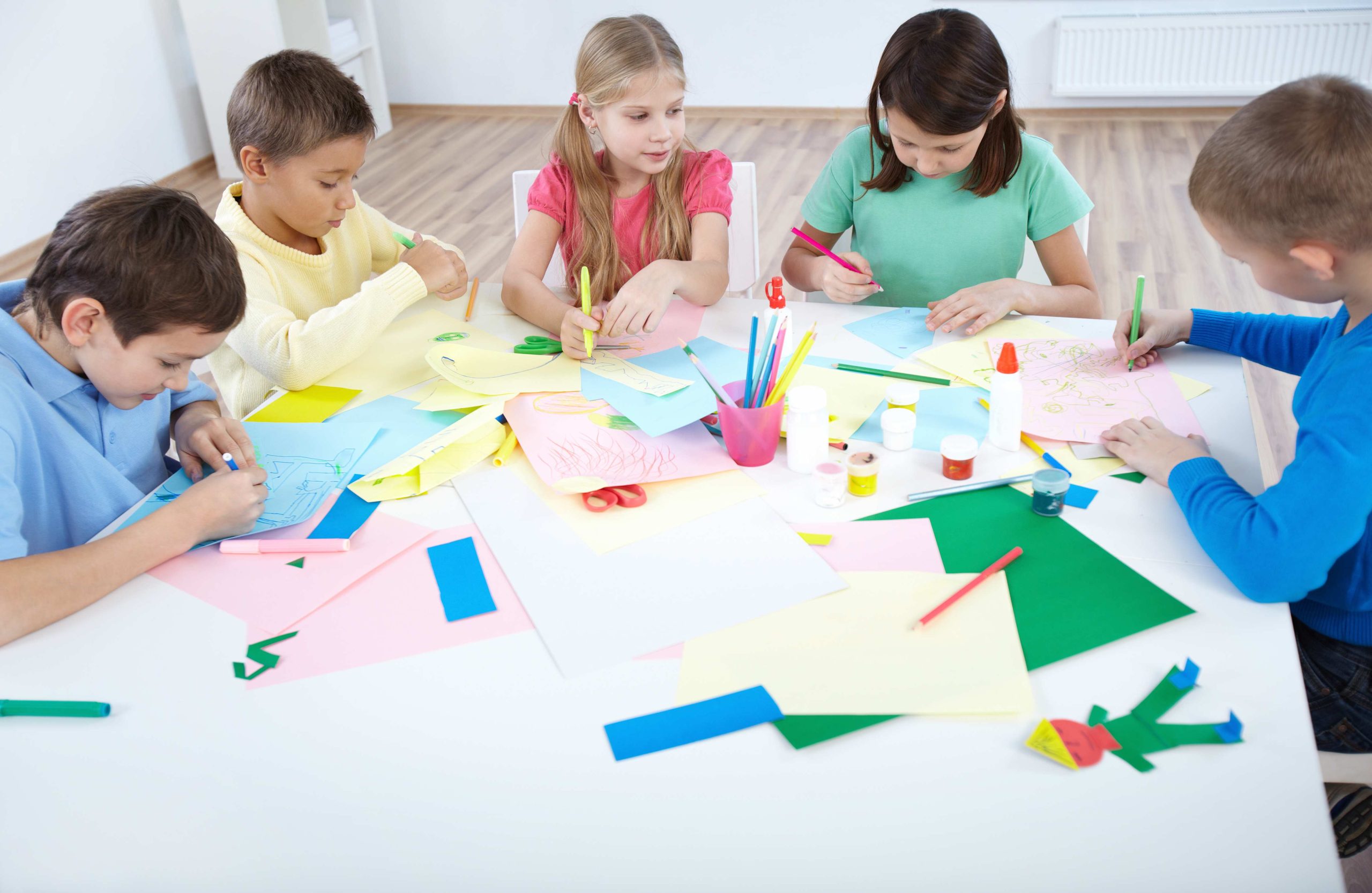
Shaping the Future: Essential Considerations for Designing a Preschool Classroom with Effective Instructional Formats
Designing a preschool classroom requires careful consideration of various elements, with instructional format ranking among the most crucial. The instructional format dictates how the preschoolers’ curriculum is delivered by the instructor, making it pivotal to the classroom’s layout and its impact on toddlers’ learning outcomes. In this article, we’ll delve into several key factors to consider when planning instructional formats for a preschool classroom.
1. Learning Goals:
The first step is to define clear learning goals aligned with the curriculum. These goals dictate the choice of instructional format. For example, if the aim is to teach preschoolers counting to 10, a hands-on teaching approach involving counting items might be ideal.
2. Learning Styles:
Preschoolers exhibit diverse learning preferences, necessitating consideration of various teaching methods. Some children may respond better to visual aids, while others may prefer auditory instructions. Adapting instructional formats to accommodate these preferences enhances learning outcomes.
3. Interaction Level:
Interaction between preschoolers and instructors is crucial for engagement and effective learning. Incorporating activities like group work, role-playing, and hands-on tasks fosters active participation and interest among children.
4. Technology Integration:
While technology can enhance learning experiences, its usage should be judicious. Incorporating interactive whiteboards or educational applications can aid in teaching specific concepts, but it’s essential not to overshadow hands-on learning activities.
5. Scaffolding:
Providing appropriate support, such as hints and guidance, known as scaffolding, is essential for preschoolers’ learning. Gradually reducing scaffolding as children gain confidence fosters independent learning.
6. Assessment Practices:
Regular assessments are vital for tracking preschoolers’ progress. Utilizing preschool-appropriate evaluation methods, such as observational checklists and portfolios, ensures alignment with learning goals and informs instructional strategies.
In summary, creating effective instructional formats for preschoolers involves careful consideration of teaching styles tailored to individual learning needs, curriculum objectives, and available resources. Play-based learning, direct instruction, guided exploration, collaborative learning, and inquiry-based learning are effective approaches suited to preschool settings.
Additional Considerations:
Age-Appropriate Materials:
Educational resources should align with preschoolers’ developmental stage to encourage active participation and maintain interest.
Multisensory Learning:
Incorporating visual, auditory, and kinesthetic elements enhances learning experiences and caters to diverse learning styles.
Personalized Instruction:
Recognizing individual learning preferences and abilities ensures inclusive learning environments that accommodate diverse needs.
Positive Reinforcement:
Encouraging and acknowledging children’s achievements fosters motivation and self-esteem, contributing to a supportive learning environment.
Safe and Nurturing Environment:
Cultivating a secure and caring atmosphere promotes social-emotional growth and encourages exploration and creativity.
While technology can enhance learning, it should be age-appropriate, safe, and designed to promote active engagement rather than passive consumption. Moderation in technology usage ensures a balanced approach to learning and encourages participation.
Conclusion:
Creating effective instructional formats for preschoolers requires a multifaceted approach that considers various factors, including age-appropriate materials, multisensory instruction, personalized learning, positive reinforcement, and the role of technology. By integrating these elements into classroom design and instructional practices, educators can cultivate engaging learning environments that support preschoolers’ academic and social-emotional development, preparing them for future success. Collaboration with parents and families further strengthens this endeavor, ensuring continuity between home and school environments and promoting holistic learning experiences for preschoolers.


